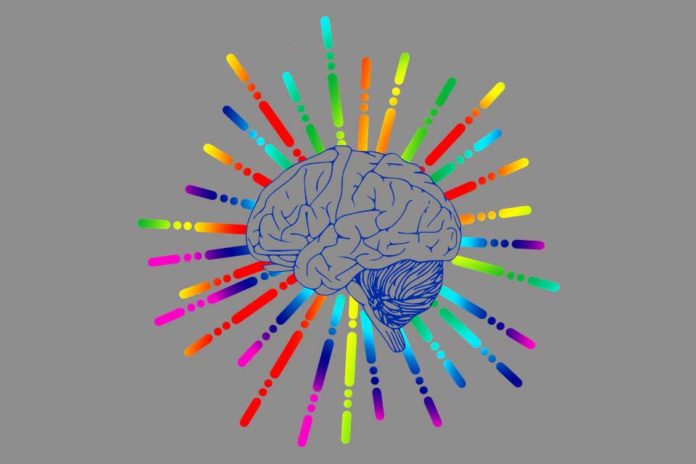The sense of taste affords an animal the ability to evaluate what it eats and drinks. At the most basic level, this evaluation is to promote ingestion of nutritious substances and prevent consumption of potential poisons or toxins. There is no doubt that animals, including humans, develop taste preferences.
These taste preferences are developed originally in gustatory cortex. Scientists have uncovered the spots for sight, hearing, and other human sensory systems in the brain. But where the Gustatory cortex is located and how it works remains a mystery.
Now, scientists at Cornell University used functional magnetic resonance imaging (fMRI) and a new method of statistical analysis and uncovered the taste center in the human brain. They also have discovered which parts of the brain distinguish different types of tastes.
Adam Anderson, professor of human development at Cornell University said, “We have known that tastes activate the human brain for some time, but not where primary taste types such as sweet, sour, salty and bitter are distinguished.”
“By using some new techniques that analyze fine-grained activity patterns, we found a specific portion of the insular cortex—an older cortex in the brain hidden behind the neocortex—represents distinct tastes.”
The insular cortex is thought to be the primary sensory area for taste. It also plays a vital role in other important functions, including visceral and emotional experience.
Anderson said, “The insular cortex represents experiences from inside our bodies. So taste is a bit like perceiving our own bodies, which is very different from other external senses such as sight, touch, hearing or smell.”
Previous work has shown a nearby insular region processes information originating from inside the body—from the heart and lungs, for example. In this way, distinct tastes and their associated pleasures may reflect the needs of our body. Taste not only reflects what is on our tongue but also our body’s need for specific nutrients, Anderson said.
The researchers found evidence that could be considered the “sweet” spot in the insula—a specific area where a large ensemble of neurons responds to sweetness stimulation on the tongue.
Anderson said, “While we identified a potential ‘sweet’ spot, its precise location differed across people and this same spot responded to other tastes, but with distinct patterns of activity. To know what people are tasting, we have to take into account not only where in the insula is stimulated, but also how.”
Compared with previous animal studies that show distinct activation clusters of basic tastes in the brain, the new study’s results reveal a more complex taste map in the human brain, Anderson said, where the same insular region represents multiple tastes.
The study is published in the journal Nature Communications.
